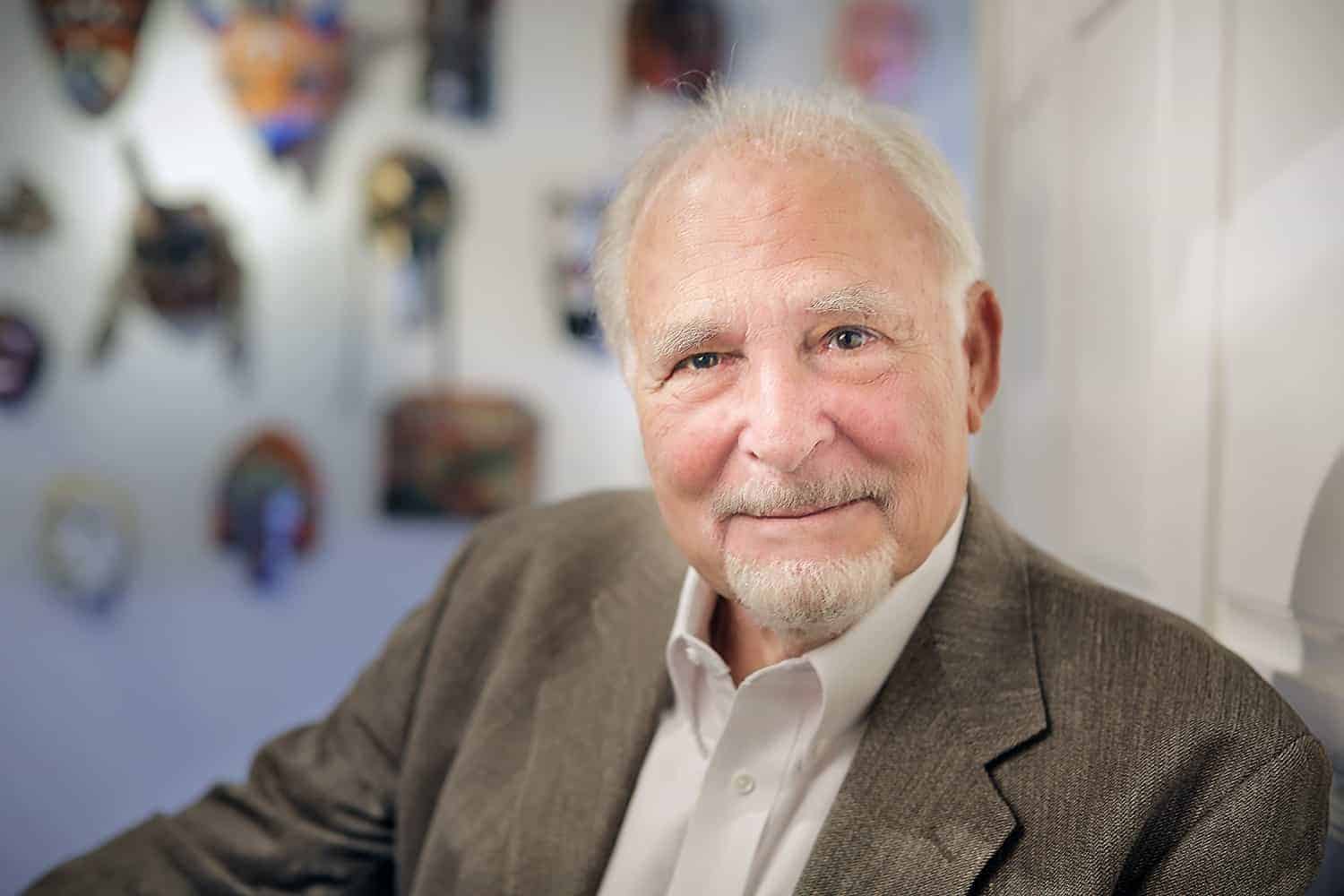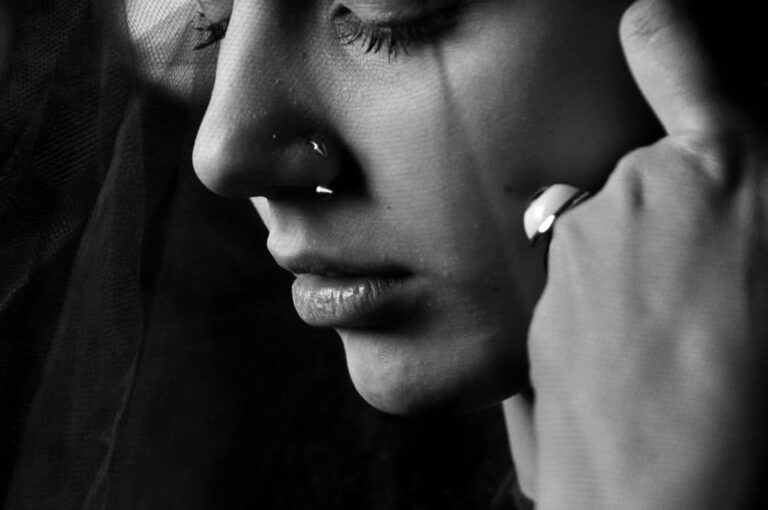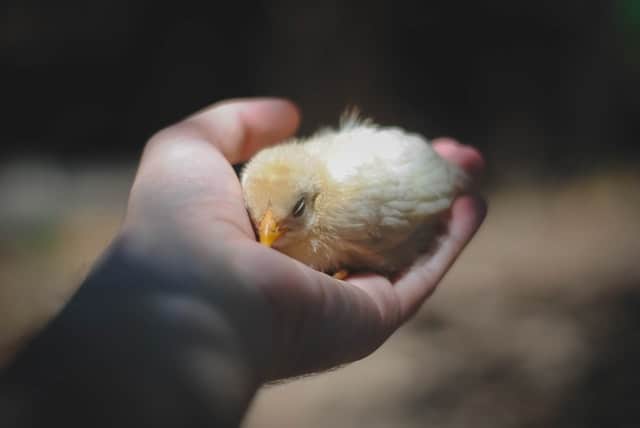Paul Ekman: The 6 Basic Emotions

Understanding Basic Emotions by Paul Ekman
According to Paul Ekman, three meanings of the term ‘basic‘ in emotion studies exist. The first meaning of basic entails the presence of several different emotions that differ from one another in significant ways. Another meaning of basic is those emotions that evolve and adapt to deal with fundamental life tasks like failures, achievements, losses, frustrations, etc.
The third meaning of basic is the description of elements that come together to form compound emotions. An instance is the emotion ‘smugness’ that can be a combination of two different emotions; contempt and happiness.
BASIC EMOTIONS
Paul Ekman posits that seven basic emotions exist. They are anger, sadness, fear, surprise, disgust, contempt, and enjoyment. Let us go forward to understand these emotions and how to identify them.
ANGER
The emotion, anger, stems from unfair treatment, restriction, or prevention of a person from pursuing intent or a goal.
You can recognize anger through a person’s posture, Facial expression, sensation, or vocal expression.
- Facial Expression

Glaring eyes
Narrowing at the corner of the lips
Eyebrows are drawn together
- Sensations
Sweating
Tense muscles
Hot feeling
Clenching fists and jaw
- Vocal expression
Yelling or Roaring
- Posture
Head leaning forward or chin jutting forward
Chest puffing out or appearing larger
FEAR
Fear stirs up when a person faces a physical, emotional, psychological, real, or imagined threat of harm.
Recognize fear using the following sensations and expressions
- Facial Expression

Tense and stretched lips
Straighter, raised, and more horizontal eyebrows
Higher upper eyelids
- Sensations
Trembling or feelings of cold
Shortness of breath
Tightening leg and arm muscles
Sweating
- Vocal expression
Strained or pitched voice
Screaming, in some persons
- Posture
Immobilized or mobilized posture
SADNESS
When a person loses an opportunity, a person, or something important, sadness is the resulting emotion.
How to Recognize Sadness
- Facial Expression

Dropped upper eyelids, and eyes drooped downwards
Lip edges pulled downward
Inner eyebrow corners pulled together, facing upwards
- Sensations
Watery eyes
Tight chest
Stinging throat
Heaviness in the limbs
- Vocal Expressions
Softer or lower voice pitch
Sometimes, a higher or louder pitched voice.
- Posture
Hunched posture
Muscle tone loss
Eyes and face looking downwards or away
SURPRISE
Sudden movements or sounds, sudden encounters, or surprising events bring about the emotion of surprise
Recognizing Surprise
- Facial Expression

Jaws dropping down
Raised eyebrows, but not pulled together
Raised upper eyelids
- Posture
Shielding the face with hands
Moving the head
Stepping backward
- Vocal expression
Sharp Intake of breath
- Sensations
Attentiveness and Alertness
DISGUST
Disgust is a feeling of aversion towards an offensive person or incident. People’s actions, ideas, perceptions, statements, and the like can arise a feeling of disgust. Things like touch, taste, sound, smell, and sight can spring up disgust.
Recognize disgust with the features.
- Facial expression

Upper lip raised and shaped in an inverted U
Lowered eyebrows
Wrinkled Nose Bridge and side
- Sensations
Nausea and vomiting
Repulsive feeling in the throat, stomach, or mouth
- Vocal expressions
Common sounds associated with disgust such as ew, yuck
Gagging and choking
- Posture
Moving the head or body away from the object of disgust of repulsion
Hunching over, covering the nose and mouth in cases where nausea results from disgust.
ENJOYMENT
Enjoyment arises from pleasure, such as sensual, physical, or other pleasurable events.
How to recognize the emotion of enjoyment
- Facial expression

Narrowed eyes and wrinkles around the eyes
Smiling face with lips pulled back
Raised cheeks
- Vocal expression
Joyful squeals or shouts
Exclamations of excitement
Happy and boisterous laughter
Contented sighs
- Sensation of enjoyment
Lighthearted feeling, uplifted mood
Tingling or warm sensations
- Posture
Upright posture, elevated physical features, or relaxed look. The posture often depends on the level or state of happiness a person feels.
CONTEMPT
A person feels contempt when they have a sense of dislike for a person, group, actions, or events. People often feel contempt towards people they feel a sense of superiority over.
Recognizing contempt
- Vocal Expression
A smug and disapproving tone of voice, pitch, and statements
- Facial Expression

A hint of anger, smug look (sometimes present, sometimes not)
Raised lips on the side of the face
- Posture
Upright posture
Looking down the nose at others, rolling eyes, and sometimes, puffing up the chest.
- Sensation
Discomfort
Tension
Body heat
Dr. Paul Ekman on Expression and Gesture and Their Role in Emotion and Deception
How to Catch a Liar (Assuming We Want To)
Paul Ekman Quotes
Most lies succeed because no one goes through the work to figure out how to catch them. Paul Ekman
Paul Ekman Books
Final words
We all express our emotions as a result of different events that occur from time to time. Being expressive in emotions is considered as a sin of a kind-hearted person as compared to the one who hides his emotions inside. So, it is useful if you feel these basic 6 emotions and you love to express them. You are a genuine person!










